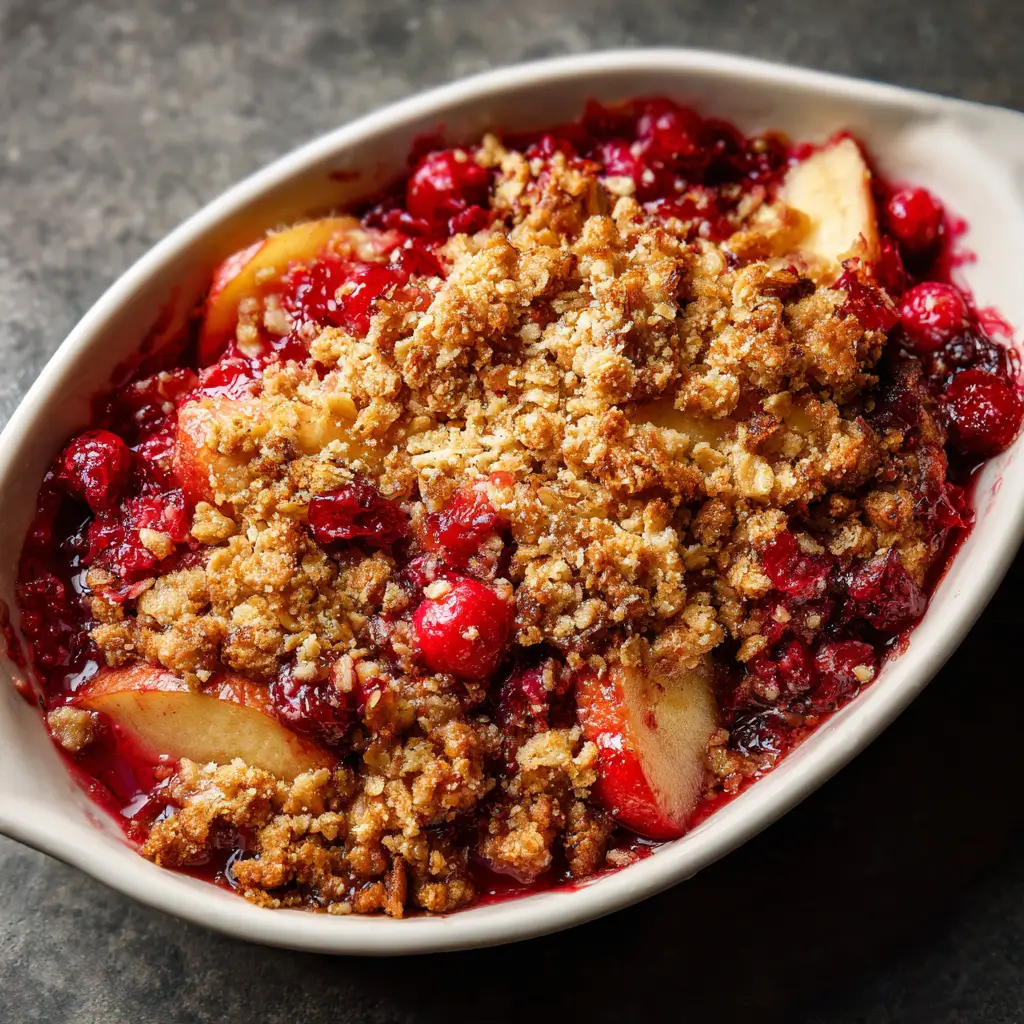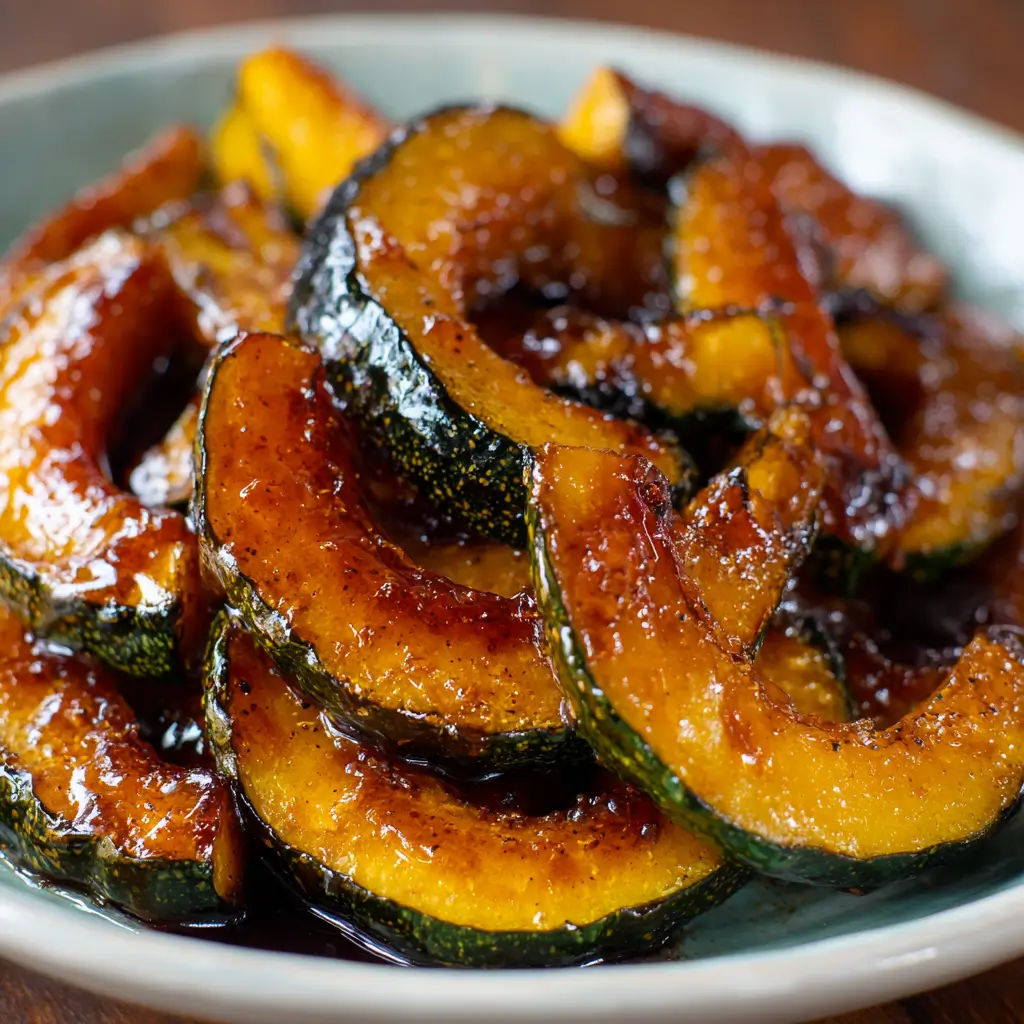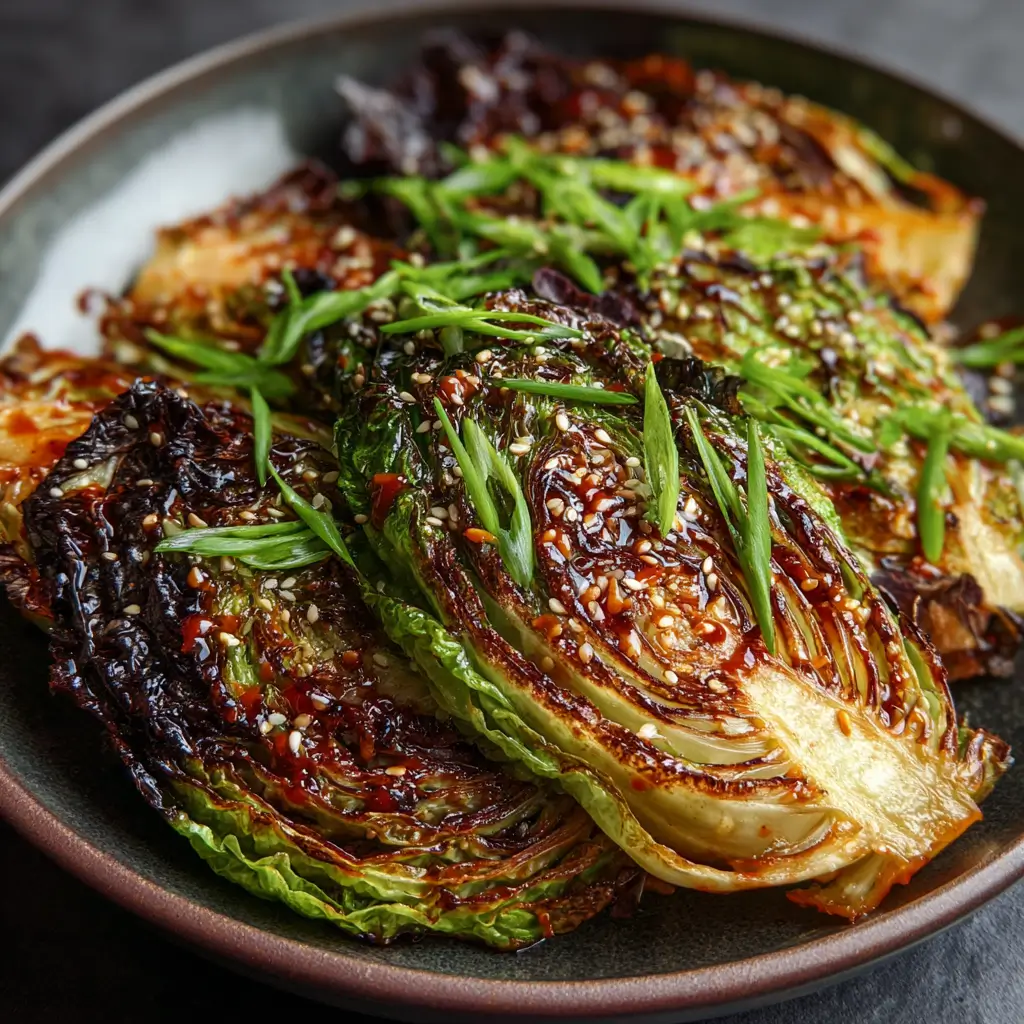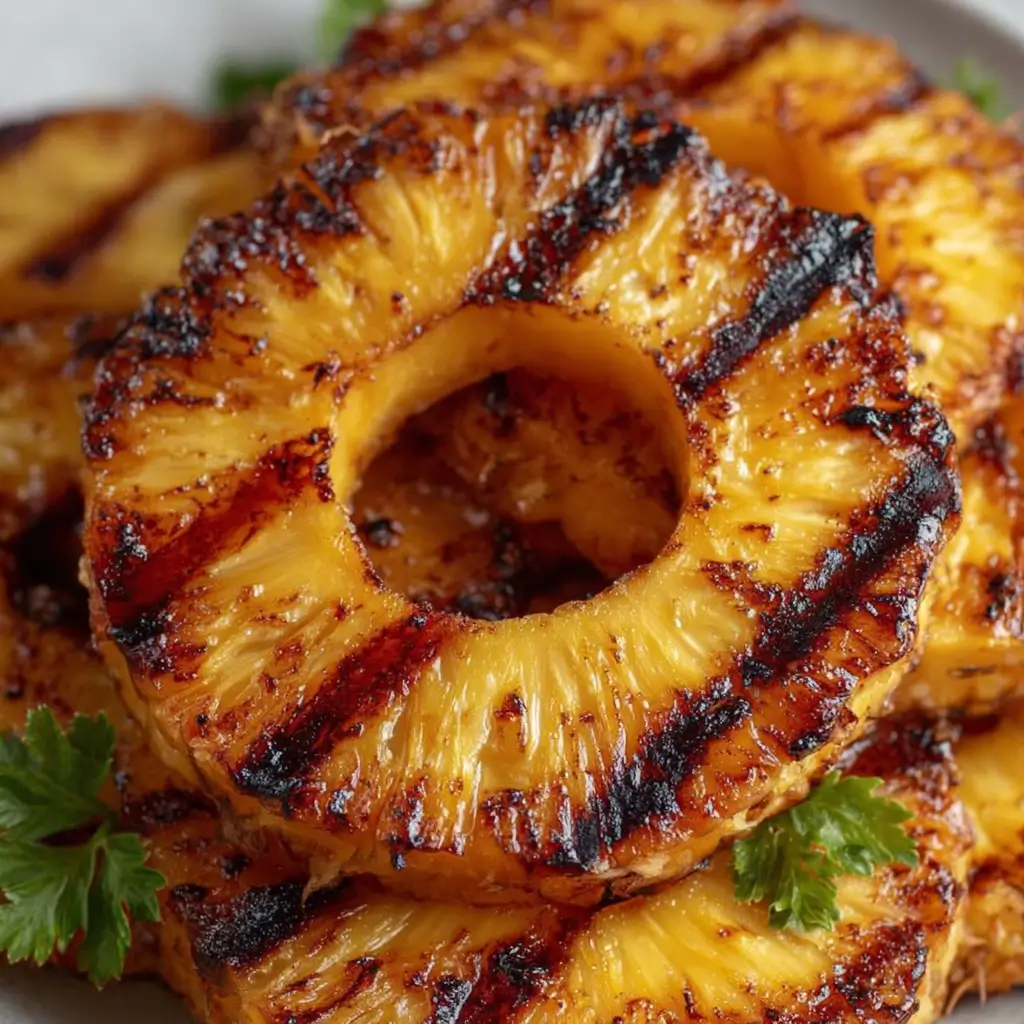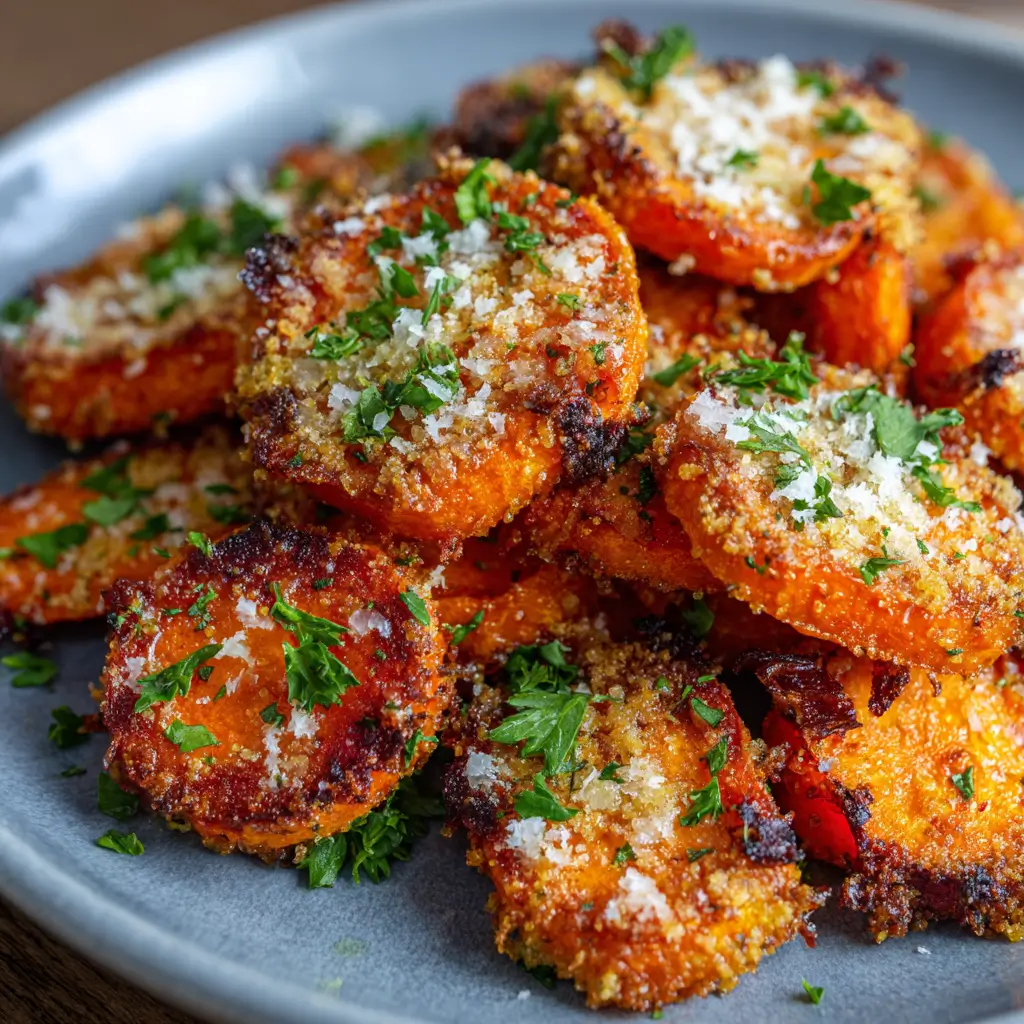Have you ever tasted a dish that perfectly balances sweet and savory flavors? Tennessee Onions, a beloved Southern specialty, are not just any ordinary onions; they are a delightful blend of caramelized onions and a unique seasoning that elevates them to a whole new level. But what makes them so special? In this blog post, we’ll explore the history, ingredients, and preparation of Tennessee Onions, ensuring you can recreate this mouthwatering dish in your own kitchen.
Ingredients List
To prepare Tennessee Onions, gather the following ingredients:
- Large Onions (2-3): Sweet onions like Vidalia or Walla Walla work best for their natural sweetness.
- Butter (4 tablespoons): Adds richness and helps with caramelization.
- Brown Sugar (2 tablespoons): Enhances the sweetness and creates a beautiful glaze.
- Apple Cider Vinegar (2 tablespoons): Provides a tangy contrast to the sweetness.
- Salt (to taste): Enhances the overall flavor.
- Black Pepper (to taste): Adds a touch of heat.
- Optional Seasonings:
- Garlic Powder (1 teaspoon): For an extra layer of flavor.
- Thyme (1 teaspoon): Fresh or dried, for an aromatic touch.
Step-by-Step Instructions
Step 1: Slice the Onions
Peel and slice the onions into thin rings. Aim for uniform thickness to ensure even cooking.
Step 2: Melt the Butter
In a large skillet, melt the butter over medium heat. Allow it to foam and bubble without browning.
Step 3: Add the Onions
Add the sliced onions to the skillet, stirring to coat them in the melted butter. Cook for about 5 minutes until they start to soften.
Step 4: Sprinkle Brown Sugar
Once the onions are softened, sprinkle the brown sugar over them. Stir well to combine and allow the sugar to dissolve.
Step 5: Add Apple Cider Vinegar
Pour in the apple cider vinegar, stirring to incorporate it. This will help deglaze the pan and add depth to the flavor.
Step 6: Season and Caramelize
Season with salt, pepper, and any optional seasonings. Reduce the heat to low and cook for an additional 20-30 minutes, stirring occasionally, until the onions are deeply caramelized and golden brown.
Step 7: Serve
Remove from heat and serve warm as a side dish, on burgers, or as a topping for grilled meats.
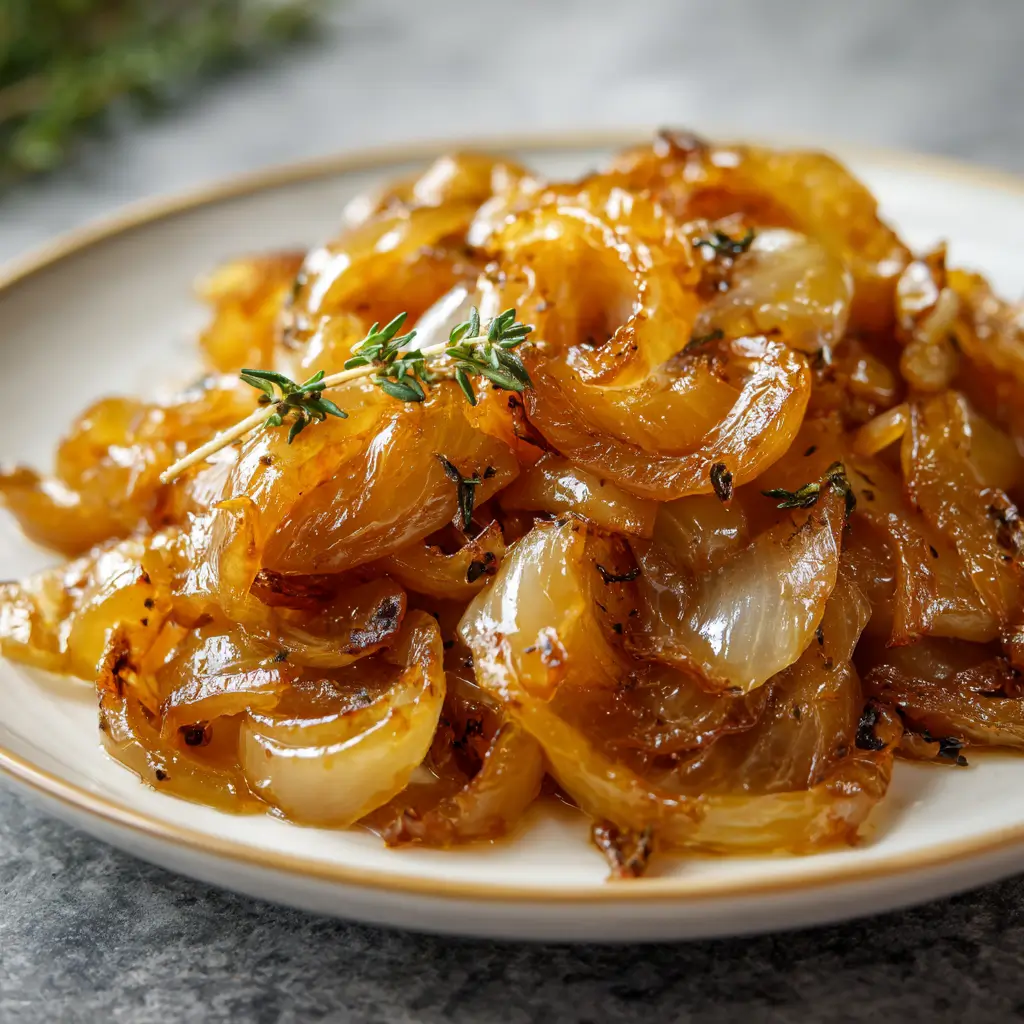
Nutritional Information
Here’s a breakdown of the nutritional content per serving (based on 4 servings):
- Calories: 120
- Protein: 1g
- Fat: 7g
- Carbohydrates: 14g
- Fiber: 1g
- Sugar: 6g
- Sodium: 200mg
Nutritional Insights:
- Rich in flavor while being relatively low in calories.
- The use of butter and sugar means moderation is key if you’re watching your fat and sugar intake.
Healthier Alternatives for the Recipe
If you’re looking to lighten up your Tennessee Onions, consider these swaps:
- Use Olive Oil: Replace butter with olive oil for a healthier fat option.
- Reduce Sugar: Cut the brown sugar in half or use a sugar substitute like stevia.
- Add Vegetables: Mix in bell peppers or mushrooms for added nutrients and flavor.
Serving Suggestions
Tennessee Onions are incredibly versatile! Here are some creative ways to serve them:
- On Burgers: Top your favorite burger with a generous scoop of Tennessee Onions for an irresistible twist.
- With Grilled Meats: Serve alongside grilled chicken, steak, or pork chops for a flavorful side.
- On Sandwiches: Use them as a topping for sandwiches or wraps for added sweetness and texture.
- As a Pizza Topping: Incorporate them into your homemade pizza for a gourmet touch.
Common Mistakes to Avoid
To ensure your Tennessee Onions turn out perfectly, avoid these common mistakes:
- Cooking on High Heat: Cooking too quickly can lead to burnt onions instead of caramelized ones. Always use medium to low heat.
- Not Stirring Frequently: Stirring occasionally helps prevent sticking and ensures even cooking.
- Skipping the Deglazing Step: Adding vinegar not only enhances flavor but also lifts the flavorful bits stuck to the pan.
Storing Tips for the Recipe
To keep your Tennessee Onions fresh:
- Refrigerate: Store leftovers in an airtight container for up to 5 days.
- Freeze: For longer storage, freeze in portions for up to 3 months. Thaw overnight before reheating.
- Reheat: Warm in a skillet over low heat, adding a splash of water or broth to maintain moisture.
Conclusion
Tennessee Onions are a delightful addition to any meal, offering a perfect blend of sweetness and savory goodness. With simple ingredients and easy preparation, you can elevate your dishes and impress your family and friends. Give this recipe a try, and don’t forget to share your experience in the comments below! Subscribe for more delicious recipes and cooking tips!
FAQs
1. Can I use yellow onions instead of sweet onions?
Yes, while sweet onions are preferred for their flavor, yellow onions can also work well.
2. How long can I store Tennessee Onions?
They can be stored in the refrigerator for up to 5 days or frozen for up to 3 months.
3. Can I make this recipe in advance?
Absolutely! You can prepare and cook them ahead of time and simply reheat when ready to serve.
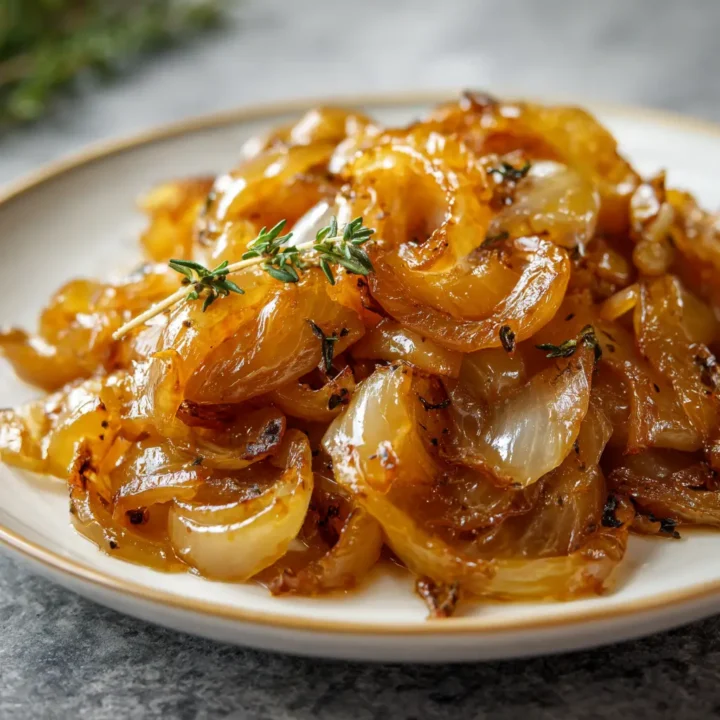
Tennessee Onions
Ingredients
- Large Onions (2-3): Sweet onions like Vidalia or Walla Walla work best for their natural sweetness.
- Butter (4 tablespoons): Adds richness and helps with caramelization.
- Brown Sugar (2 tablespoons): Enhances the sweetness and creates a beautiful glaze.
- Apple Cider Vinegar (2 tablespoons): Provides a tangy contrast to the sweetness.
- Salt (to taste): Enhances the overall flavor.
- Black Pepper (to taste): Adds a touch of heat.
- Optional Seasonings:
- Garlic Powder (1 teaspoon): For an extra layer of flavor.
- Thyme (1 teaspoon): Fresh or dried, for an aromatic touch.
Instructions
Step 1: Slice the Onions
Peel and slice the onions into thin rings. Aim for uniform thickness to ensure even cooking.
Step 2: Melt the Butter
In a large skillet, melt the butter over medium heat. Allow it to foam and bubble without browning.
Step 3: Add the Onions
Add the sliced onions to the skillet, stirring to coat them in the melted butter. Cook for about 5 minutes until they start to soften.
Step 4: Sprinkle Brown Sugar
Once the onions are softened, sprinkle the brown sugar over them. Stir well to combine and allow the sugar to dissolve.
Step 5: Add Apple Cider Vinegar
Pour in the apple cider vinegar, stirring to incorporate it. This will help deglaze the pan and add depth to the flavor.
Step 6: Season and Caramelize
Season with salt, pepper, and any optional seasonings. Reduce the heat to low and cook for an additional 20-30 minutes, stirring occasionally, until the onions are deeply caramelized and golden brown.
Step 7: Serve
Remove from heat and serve warm as a side dish, on burgers, or as a topping for grilled meats.
Did you make this recipe?
Please leave a comment on the blog or share a photo on Facebook



